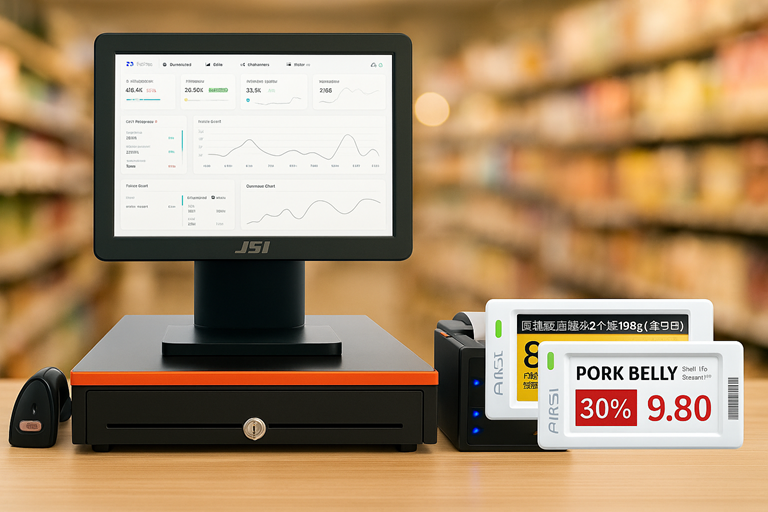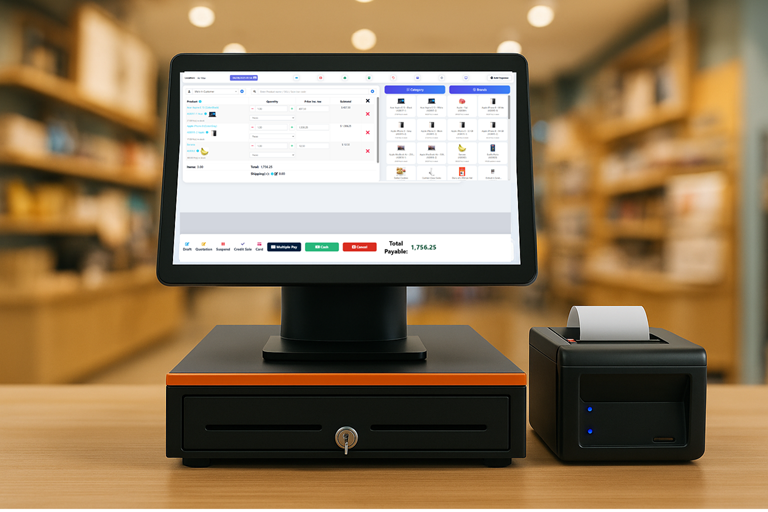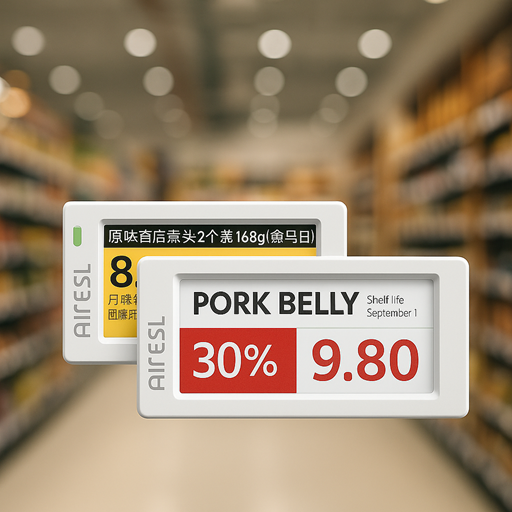Selecting the right Point of Sale (POS) system is one of the most important decisions a business owner can make. The right system can streamline operations, boost sales, and improve customer experiences, while the wrong one can lead to inefficiencies, lost revenue, and frustration. With so many options available—from basic cash registers to advanced cloud-based solutions—how do you choose the best POS system for your business?
This guide will walk you through the key factors to consider when selecting a POS system, including:
- Understanding Your Business Needs
- Types of POS Systems: On-Premise vs. Cloud-Based
- Essential Hardware and Software Features
- Integration Capabilities
- Payment Processing Options
- Reporting and Analytics
- Scalability for Future Growth
- Security and Compliance
- Customer Support and Training
- Budget and Total Cost of Ownership
By the end, you’ll have a clear framework for evaluating POS systems and making the best choice for your business.
1. Understanding Your Business Needs
Before comparing POS systems, you need to clearly define your business requirements. Ask yourself:
- What industry are you in? (Retail, restaurant, service-based, etc.)
- What are your daily sales volumes?
- Do you need inventory management?
- Will you sell online, in-store, or both?
- Do you need customer relationship management (CRM) tools?
For example:
- A retail store may need barcode scanning, inventory tracking, and returns management.
- A restaurant requires table management, kitchen order routing, and tip handling.
- A service business (like a salon) might need appointment scheduling and staff commissions.
Action Step: List your must-have features before researching POS systems.
2. Types of POS Systems: On-Premise vs. Cloud-Based
On-Premise POS Systems
- Installed locally on your business computers/servers.
- One-time license fee (but higher upfront cost).
- No internet dependency (works offline).
- Limited remote access (usually tied to one location).
Best for: Businesses with stable operations that don’t need frequent updates or remote access.
Cloud-Based POS Systems
- Hosted online, accessible from any device.
- Subscription-based pricing (lower upfront cost).
- Real-time data syncing across locations.
- Automatic software updates.
Best for: Businesses that need flexibility, multiple locations, or eCommerce integration.
Key Question: Do you need offline functionality, or is internet reliability strong in your area?
3. Essential Hardware and Software Features
Hardware Considerations
- Touchscreen monitor/tablet (iPad, Android, or dedicated POS terminal)
- Barcode scanner (for retail)
- Cash drawer
- Receipt printer
- Credit card reader (EMV/NFC compatible)
- Customer-facing display (optional)
Software Features to Look For
- Sales processing & receipts
- Inventory management
- Employee management (time tracking, permissions)
- Customer management (loyalty programs, profiles)
- Multi-location support (if applicable)
Pro Tip: Some POS providers offer bundled hardware, while others let you bring your own devices (BYOD).
4. Integration Capabilities
Your POS system should integrate seamlessly with other tools you use, such as:
- Accounting software (QuickBooks, Xero)
- eCommerce platforms (Shopify, WooCommerce)
- Payment processors (Stripe, Square)
- Marketing tools (Mailchimp, CRM systems)
Why it matters: Manual data entry between systems wastes time and increases errors. A well-integrated POS saves hours of admin work.
5. Payment Processing Options
Consider:
- Does the POS have built-in payment processing? (Some providers force you to use their payment gateway.)
- What transaction fees apply? Compare rates (flat fee vs. interchange-plus pricing).
- Does it accept all payment types? (Credit/debit, mobile wallets, contactless, buy now pay later options like Afterpay.)
Watch out for: Long-term contracts or early termination fees with some processors.
6. Reporting and Analytics
A good POS system provides actionable insights, such as:
- Best-selling products
- Peak sales hours
- Employee performance
- Customer purchase trends
Look for: Customizable reports and dashboard views to track KPIs that matter to your business.
7. Scalability for Future Growth
Your POS system should grow with your business. Ask:
- Can it handle higher transaction volumes?
- Does it support multiple locations?
- Are there upgrade options (e.g., adding new features)?
Avoid: Systems that require a full replacement when you expand.
8. Security and Compliance
Security is critical—especially if you handle customer payment data. Ensure your POS:
- Uses end-to-end encryption.
- Supports EMV chip cards (to reduce fraud liability).
- Offers role-based access for employees.
Red Flag: Systems that store sensitive data without proper encryption.
9. Customer Support and Training
Even the best POS system is useless if you can’t get help when needed. Check:
- Availability (24/7 vs. business hours).
- Support channels (phone, chat, email).
- Training resources (videos, manuals, live onboarding).
Test their support during the free trial period.
10. Budget and Total Cost of Ownership
POS pricing varies widely. Consider:
- Upfront costs (hardware, installation).
- Ongoing fees (monthly subscriptions, payment processing).
- Hidden costs (upgrades, additional user fees).
Rule of Thumb: Cloud-based systems have lower startup costs but recurring fees. On-premise systems cost more upfront but may save long-term.
Final Checklist for Choosing a POS System
Before making a decision, use this checklist:
✅ Must-have features identified
✅ On-premise vs. cloud decision made
✅ Hardware compatibility confirmed
✅ Integration needs listed
✅ Payment processing costs compared
✅ Reporting capabilities evaluated
✅ Scalability verified
✅ Security measures checked
✅ Support quality tested
✅ Total cost calculated
Conclusion
Choosing the right POS system is a strategic investment that impacts your daily operations, customer satisfaction, and long-term growth. By evaluating your needs, comparing options, and testing systems (many offer free trials), you can find the perfect match for your business.
Next Steps:
- Shortlist 3-5 POS systems based on this guide.
- Take advantage of free demos to test usability.
- Talk to other business owners in your industry for recommendations.
The right POS system will save time, increase sales, and streamline your business—so choose wisely!



